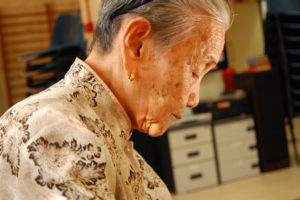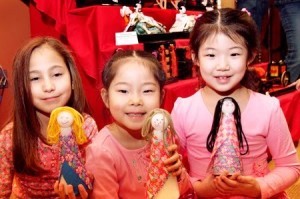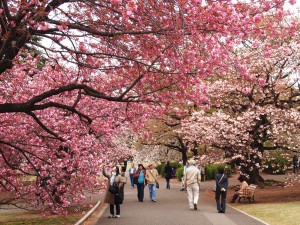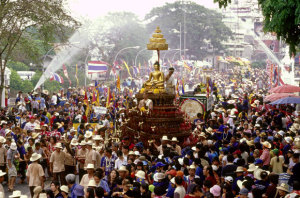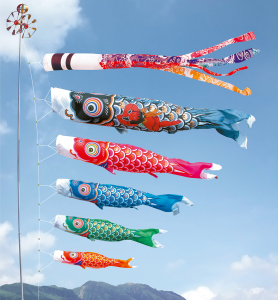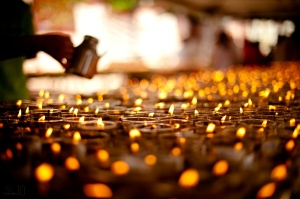Everyone the world over loves those little yummy meat and veggie filled pouches of goodness better known in China as Jiaozi (饺子),and when panfried to golden perfection they capture both the culinary highlights of steamed and fried flavors, and are known as potstickers, Guotie or (锅贴). The savory and delicate flavor of these dumplings compliments just about any dish, goes with any meal, or sometimes a nice cold beverage.
Its said that the history of jiaozi dates back to at least the Han dynasty AD 25–220 by Zhang Zhongjing who practiced Chinese traditional medicine. Wrapping jiaozi has been a long tradition of China and many other Asian countries. Jiaozi are a common food during the Lunar New Year, they are said to bring luck, wealth and prosperity to anyone who eats them. Many Chinese families will get together and wrap dumplings, chat, and wish each other a happy new year. Dumplings symbolize togetherness, and have such a great importance in Chinese culture.
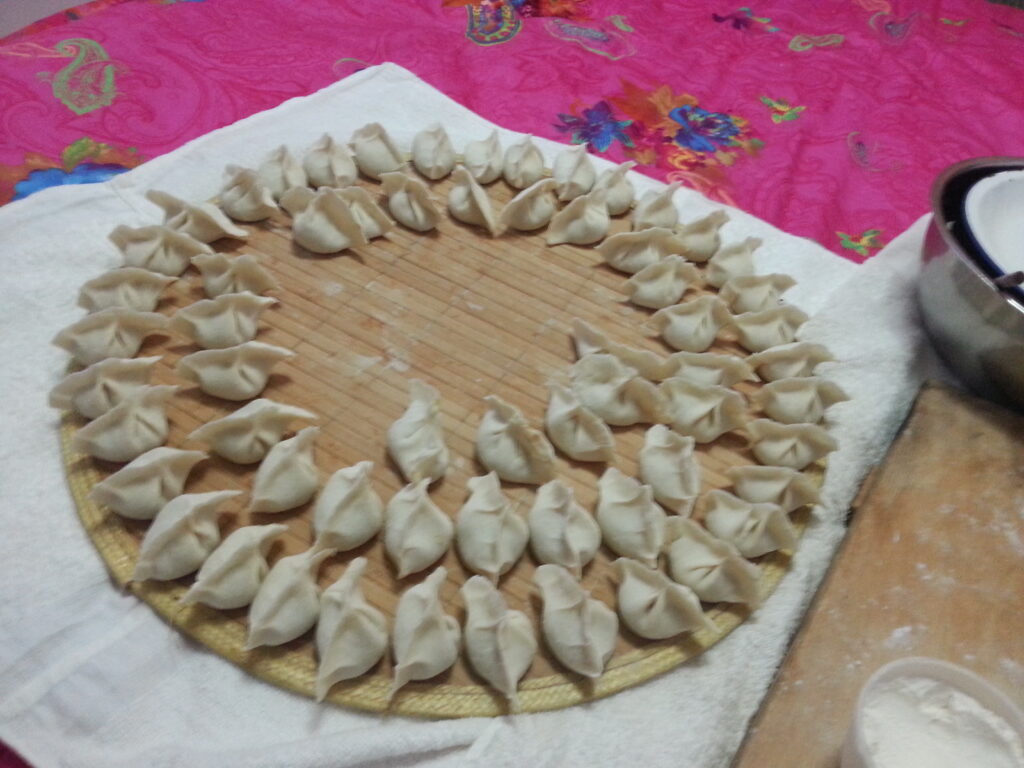
Photo:In north China, folded jiaozi are placed on bi (箅), in case the stuffing will make the shape saggy. Bi is made by dried sorghum stems, and it also gives Jiaozi a mark at the bottom. wikipedia
There are many ways in which these yummy flavor filled pouches can be prepared and enjoyed. They can be served with a variety of sauces, but sometimes best enjoyed with a dipping sauce made from soy sauce, sesame seed oil, and vinegar. Some of the ways in which they are prepared are by:
- Boiled- Shuijiao 水饺
- Steamed- Zhengjiao 蒸饺
- Panfried- Jianjiao 煎饺
- Deep-fried- Zhajiao 炸饺
- Soup- Tangjiao 汤饺
If you haven’t tried jiaozi before you are missing out! You can find them easily at your local Asian restaurants. You can also find some amazing recipes that vary depending on region in China and country in Asia, with such a wide variety of ways to make jiaozi you won’t be dissatisfied on your dumpling search! For the best and most authentic dumplings join your Chinese friends for Chinese New Year, there will probably be some homemade dumplings at the New Years party!
Jarrelle

